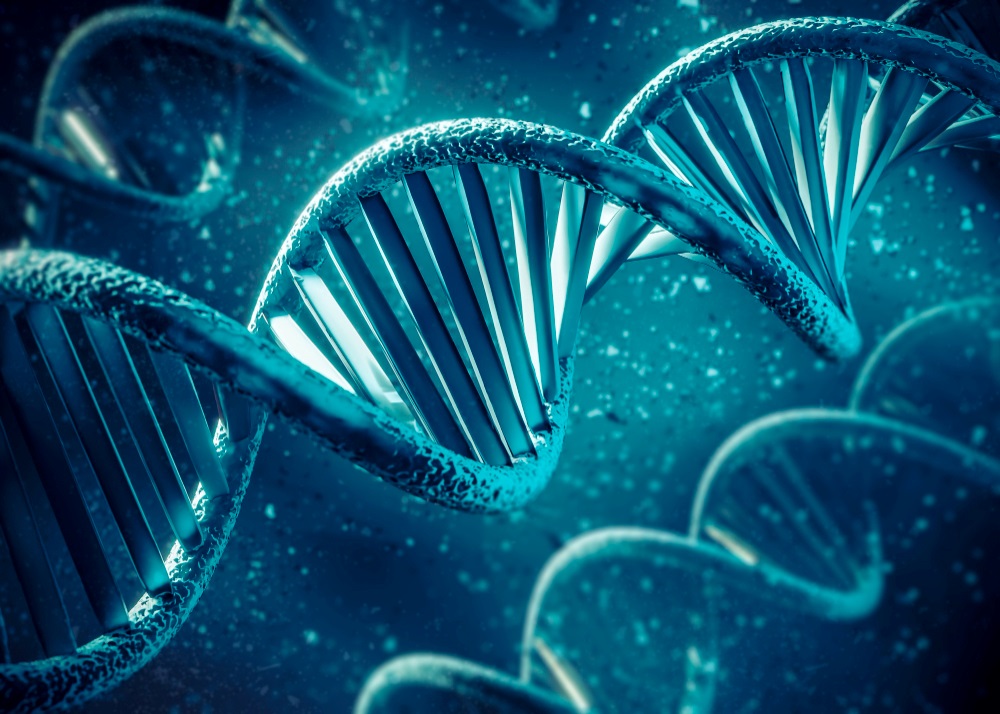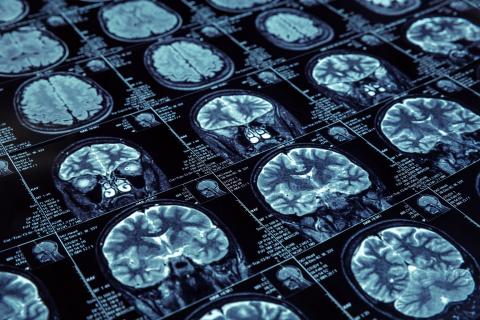Reaction: obscure genome region linked to memory and learning problems in people with Down syndrome
A team of researchers at the Centre for Genomic Regulation in Barcelona (CRG) has found that a region of the genome is less active in model mice and people with Down's syndrome. This region is found in the so-called dark genome and does not code for a protein. According to the authors of the study, this "leads to reduced neurogenesis and impaired plasticity, which play a direct role in learning and memory". The results are published in the journal Molecular Psychiatry.

Jesús Flórez - genoma oscuro Down EN
Jesús Flórez
Professor of Pharmacology at the University of Cantabria and President of the Ibero-American Down21 Foundation
The study represents a further finding in the broad field of neural development and the nuclear elements that contribute to the formation of the neural structures that make up the brain's framework. The study is original with regard to the SNHG11 gene and its involvement in Down's syndrome. It is one more factor to be considered among the multiple elements that contribute to altering the functioning of the hippocampus in people with Down's syndrome.
Reference to its possible therapeutic implications is an obligatory and routine comment by all basic researchers.
Sierra et al.
- Research article
- Peer reviewed
- People
- Animals



